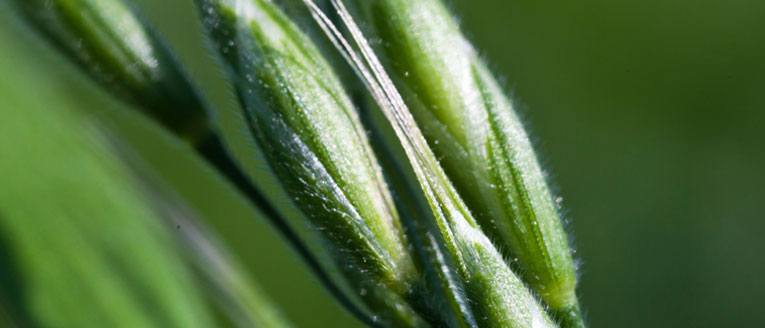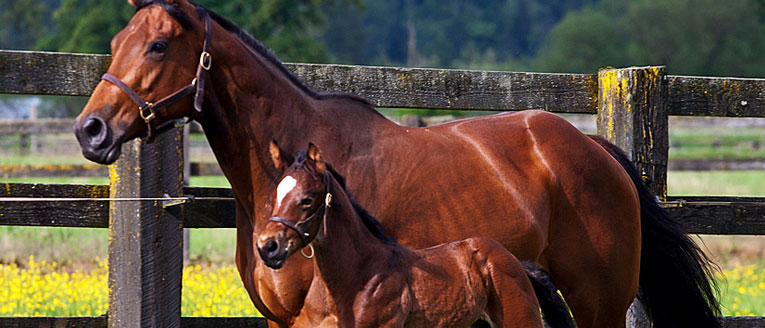 Devising a feed program to help realise the horse's genetic potential is a time-honoured art. Comparatively recently, science has helped us to explain and expand upon the traditional principles of feeding and to understand the principles of good nutrition.
It has long been recognised that good quality forage should form the basis of all rations, with additional feeds provided as required. Race horses and competition horses require higher levels of certain nutrients in order to work hard. Additional energy is usually provided by feeding cereals - to provide high-energy starch and natural sugars. Also the stresses of racing and competition mean that elevated levels of certain minerals and vitamins may be required.
Devising a feed program to help realise the horse's genetic potential is a time-honoured art. Comparatively recently, science has helped us to explain and expand upon the traditional principles of feeding and to understand the principles of good nutrition.
It has long been recognised that good quality forage should form the basis of all rations, with additional feeds provided as required. Race horses and competition horses require higher levels of certain nutrients in order to work hard. Additional energy is usually provided by feeding cereals - to provide high-energy starch and natural sugars. Also the stresses of racing and competition mean that elevated levels of certain minerals and vitamins may be required.
Good quality forage like EuroBale should make a significant contribution to many areas of the ration but, in particular, EuroBale can assist with providing digestible fibre for energy and retains more vitamins than conventional forage.
Digestible fibre for energy
The Horse's gut contains billions of micro organisms which can break down digestible fibre to provide energy for the horse. Many mature seed hay samples have only low levels of digestible fibre - the fibre has matured and is 'woody' or lignified and cannot be broken down by the micro organisms and so provides few available nutrients - only roughage to help gut motility.
Eurobale is a specially packaged, mildly fermented grass forage and the fermentation has been shown to result in higher digestibility. The increased digestibility results in HIGHER ENERGY LEVELS from Eurobale. In many cases, the energy from EuroBale is as much as 20% higher than the energy derived from similar dry matter intake of a comparable hay sample.
Vitamins for Health and Performance
After a period of storage, the vitamin levels in hay deteriorate as the grass is exposed to the air. The unique packaging system of Eurobale means that much higher levels of these important micro nutrients are maintained in the haylage.
In particular, the B COMPLEX VITAMINS, which are involved in feed utilisation, blood building, hoof condition and many other areas of metabolism, are retained in EuroBale, whereas after several months of storage, most hay samples have negligible levels of these vitamins.
Eurobale provides highly digestible fibre, high biological quality protein and retains significant levels of the vitamins and minerals found in fresh grass.

